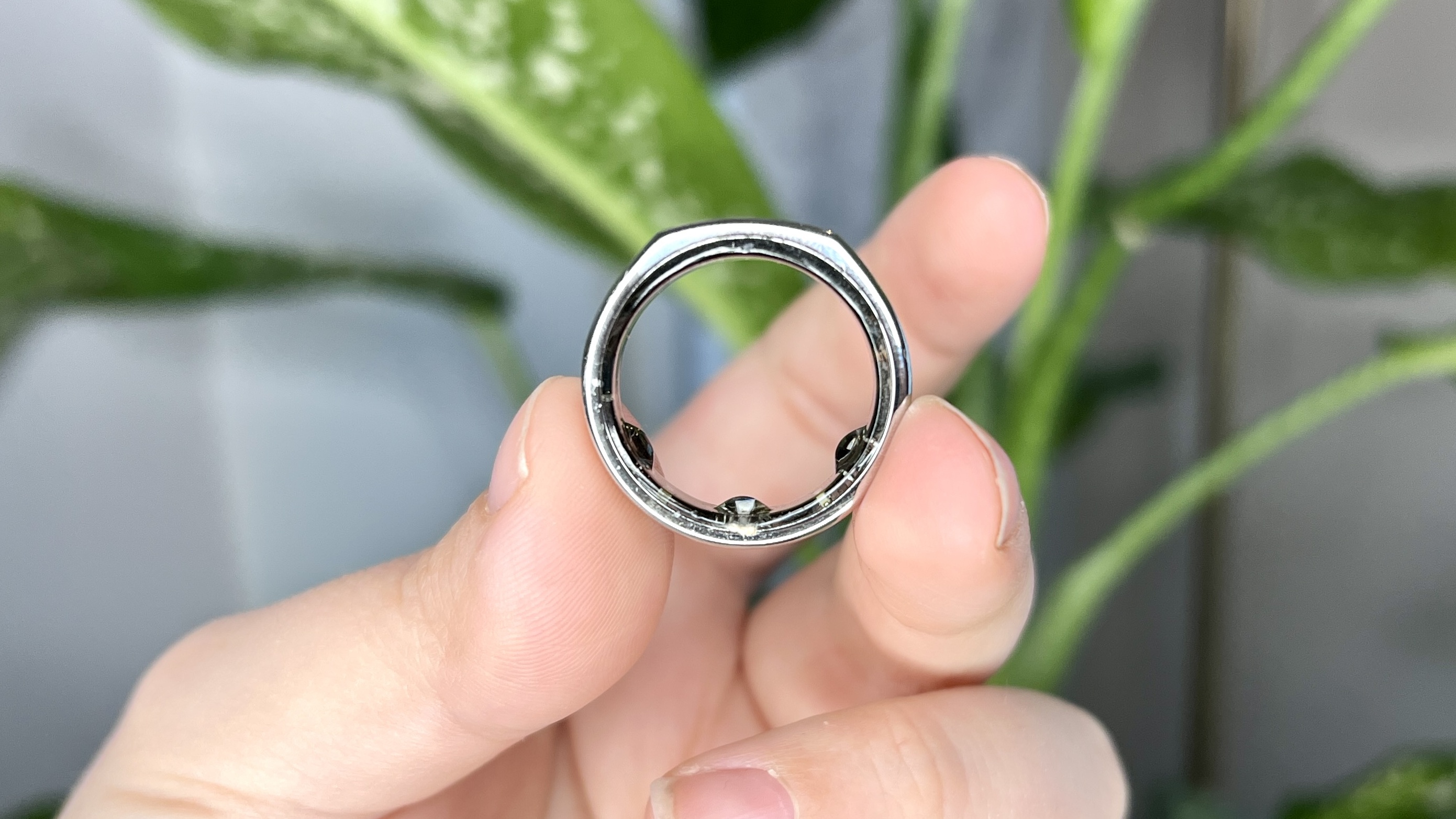
I’ve been wearing my Oura ring for over a year now, and it’s one of my favorite wearables to date. I love how the ring has allowed me to make positive changes that have really impacted my health — it showed me at a glance when I wasn’t resting enough while marathon training, how much that glass of wine was affecting my sleep, and how my menstrual cycle affected my ability to train hard in the gym. All while looking like a piece of jewelry, rather than a sports watch.
Yet it wasn’t until June that I realized my tracker held a lot more knowledge than I’d anticipated, as the ring showed signs I was pregnant weeks before I took a positive test. Can wearables detect pregnancy? I found the Oura ring could — read on to find out more about the early signs the fitness tracker detected.
Can Oura track your menstrual cycle?
As a female marathon runner, I also use my tracker to monitor another important aspect of my health — my menstrual cycle. As I mentioned in my article on how to use Garmin’s menstrual cycle tracking, there are four main stages of the menstrual cycle — menstruation, the follicular phase, ovulation, and the luteal phase. Your hormones will vary in each phase of your cycle, and as exercise impacts your hormone balance, some women find it can be helpful to adapt their exercise routine to their cycle. Of course, you don’t need an expensive gadget to track where you are in your cycle — here’s how to track your period without any tech.
The Oura ring uses a skin temperature sensor to take a body temperature reading while you sleep, meaning you don’t need to take a basal body temperature reading in the morning — something I was never organized enough to remember to do. Typically, your body temperature is cooler during the first half of your cycle, when your estrogen levels are high. Your body temperature rises in the second half of your cycle, around the time you ovulate, when your progesterone levels are high. Your temperature will then decrease again at the start of your period when your hormone levels drop.
You can also sync the ring with the period tracking app, Natural Cycles. Read more about how the Oura ring tracks your menstrual cycle here.
Can the Oura ring detect pregnancy?
It’s important to caveat here that I am not a fertility specialist or expert, and am only speaking about my own experience using the Oura ring. Here’s the physical changes my ring detected before I got a positive pregnancy test.
A rise in body temperature
Looking back at the data, my body temperature rose quite dramatically before I got a positive pregnancy test. While I initially interpreted this as a normal temperature increase in the latter part of my cycle, month on month it was ever so slightly higher.
The Oura ring records your skin temperature once every minute, 24 hours a day, not just at night, meaning it picks up the smallest changes in skin temperature.
Furthermore, a study looking at the temperature data of 30 women who became pregnant while wearing an Oura ring, conducted at the University of California, San Diego, found that the women’s nightly body temperatures were noticeably higher two to nine days after conceiving. You can read more about the study, and Oura’s response to it here.
My resting heart rate increased
I didn’t realize I was pregnant until I hit the six-week mark, but looking back at the data my ring recorded, my resting heart rate was high around two weeks after conception. I put this down to Chicago Marathon training, or getting a little run down, but most women find that their average resting heart rate increases by about 15bpm in the first trimester of pregnancy.
I’m now 30 weeks pregnant, and while I’m nowhere near as active as I was when my ring first detected these changes, I’ve been wearing the ring throughout my entire pregnancy to keep track of changes in my body. I’m now unable to run for longer than 15-20 minutes, as my baby takes up more room and puts more pressure on my pelvis, but I’ve been continuing to keep an eye on my heart rate, which has risen again in my third trimester. The Oura ring has helped me stay in touch with my body as it changes, but I’m anticipating I won’t want to see the sleep-tracking stats once the baby arrives.







